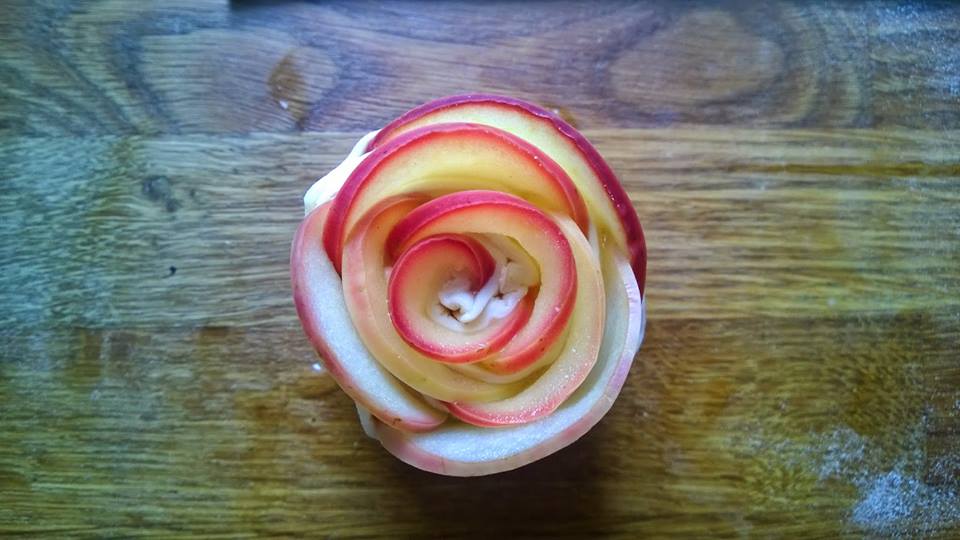I was spending vacation with my family in the Croatian Istrian coast and my evenings looked liked this for the past weeks.
I guess it shouldn't come as a surprise that with this kind of view every day, I had lavender on my mind non stop. My brain just would not stop figuring out what I could do with this and how to use it in the kitchen. I knew lavender was edible, but it still took some research to determine what I could and could not do. The first thing I discovered was that there is such a thing as culinary lavender. Well actually that was the second thing I discovered ... just after I browsed through tons of lavender recipes. You know just like that Alanis song ... isn't it ironic ... Baaaaah, now what?!? I have no idea what kind of lavender we have planted here.
Culinary lavender is actually a specific lavender variety, for those more horticulturally knowledgeable, this is usually a type called Lavandula angustifolia. To my delight and relief I then discovered that this is actually the type most suited for cooking, while others may be less suitable, but they wouldn't really kill you or cost you a trip to the hospital. So at this point this post deserves an American style disclaimer. Use culinary lavender, unless you are more on the adventurous side.
In the end our lavender did just fine and no stomachs were upset in the making of this delicious dessert. It is also true that only a small amount should be used in cooking and please don't be tempted to use more, unless you like your dessert tasting like soap (or so I have read).
For 10 panna cottas:
500 ml cream
1 pack vanilla sugar or vanilla pod
50 g brown sugar
1 tsp lavender blossoms
1 pack gelatin powder
couple of tablespoons of water
60 g agave syrup
1 tsp lemon juice
1/2 tsp lavender blooms
Mix cream with vanilla sugar and brown sugar and heat until boiling. Remove from heat and add lavender blossoms.
Leave to stand for 15 minutes. It is best to test the intensity of lavender flavour, since it is likely that not all lavender has the same intensity and you may have to remove them sooner or let them infuse a little longer. In the meantime mix gelatin with water and let it bloom. Then melt it, remove the blossoms from the cream and stir in the gelatin. Soak the moulds in cold water, then pour in the cream and let the panna cottas seat in the fridge for at least 4 hours, 6 hours is even better.
I made some agave dressing to accompany my panna cottas and it worked really well with the lavender. Mix agave syrup and lemon juice in a small pot and let it boil for a few minutes so that it thickens a little. Remove from heat, add lavender blossoms and leave for 15 minutes the same as with the panna cotta, then remove the blossoms.
You can freely adjust the amount of agave syrup and lemon juice to your taste, but these amounts are tested and best in my opinion. You can buy agave syrup in most supermarkets here, but you could also substitute agave with honey.
If you are working with silicone moulds, just gently pull the edge of the mould so that it separates from the panna cotta and do this all around the mould. The panna cotta should slide out of the mould onto your plate.
With hard mould try to flip the mould on your plate and tap the bottom of the mould and the panna cotta may slide out. If this doesn't work, run your knife along the rim of the mould and then flip it.
With hard mould try to flip the mould on your plate and tap the bottom of the mould and the panna cotta may slide out. If this doesn't work, run your knife along the rim of the mould and then flip it.
Gently drizzle the agave dressing over the panna cotta, rather less than more and later increase the amount if you feel it is not strong enough. Otherwise you may overpower the gentle lavander taste. Decorate with a few lavender blossoms.



















0 komentarji:
Objavite komentar